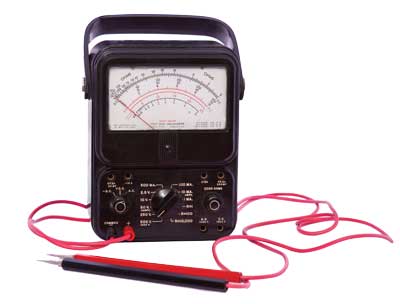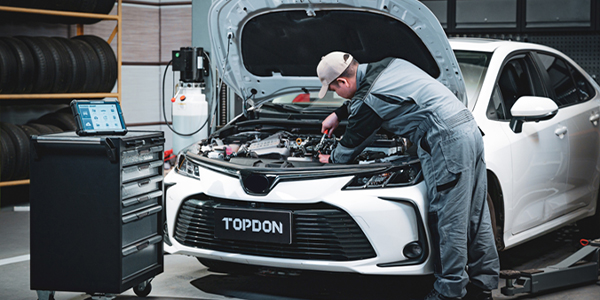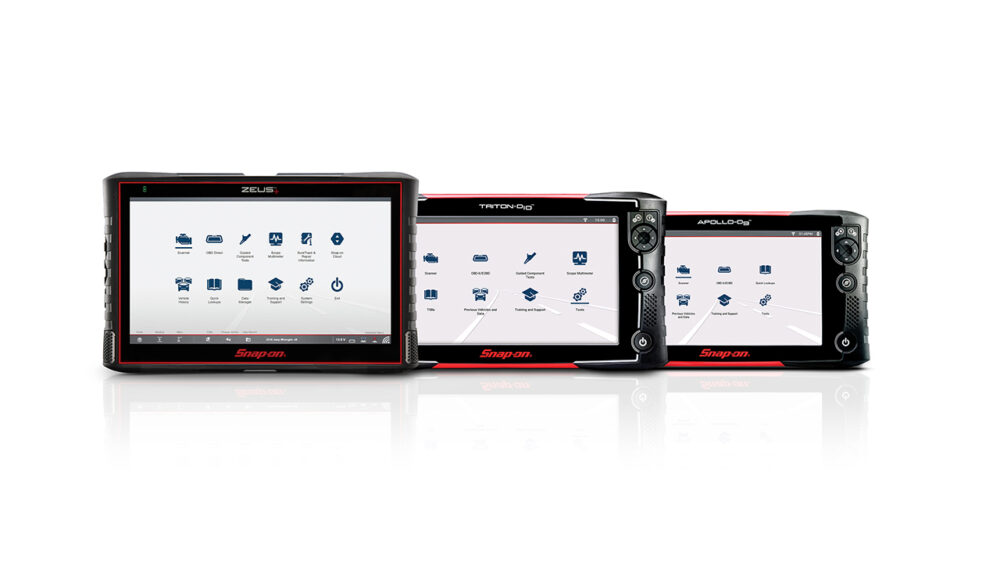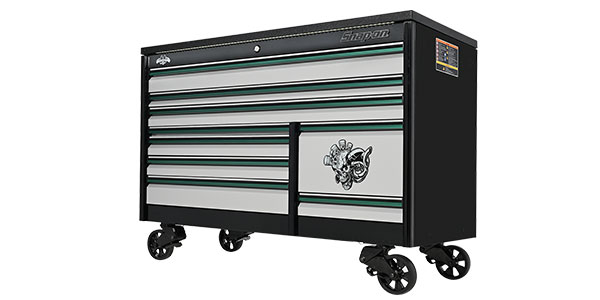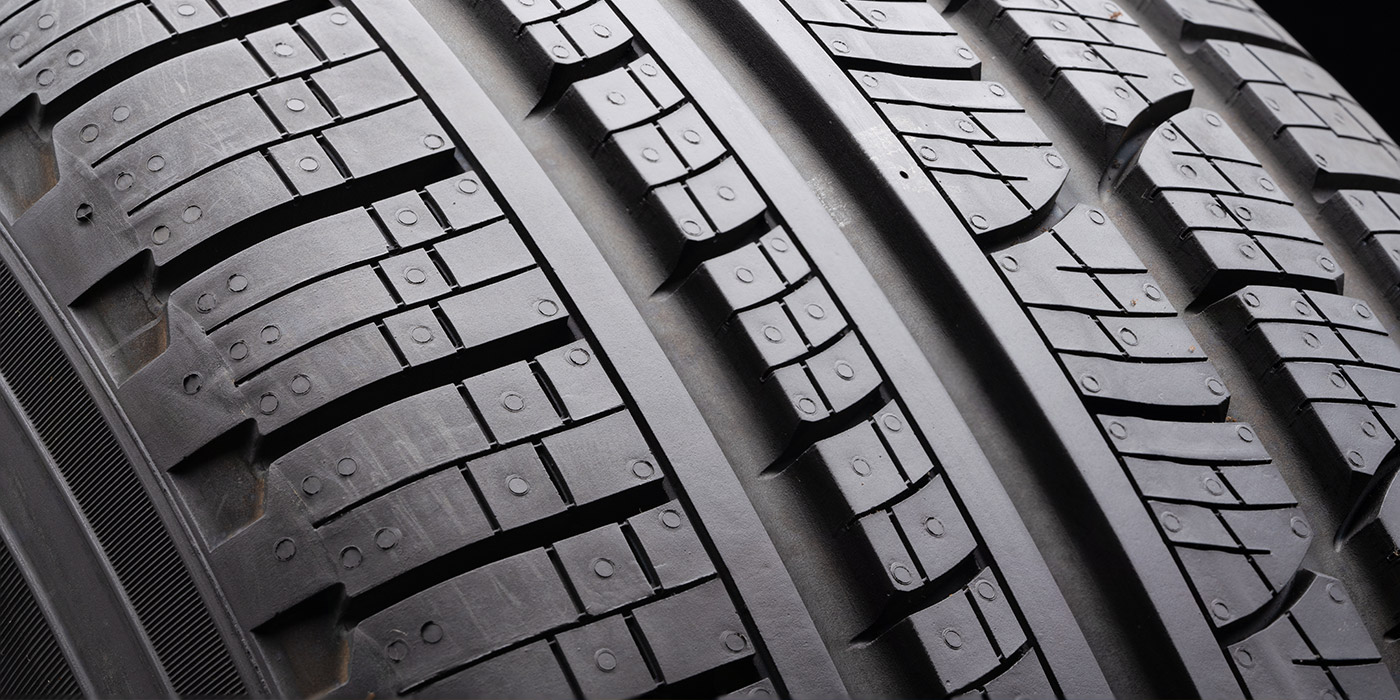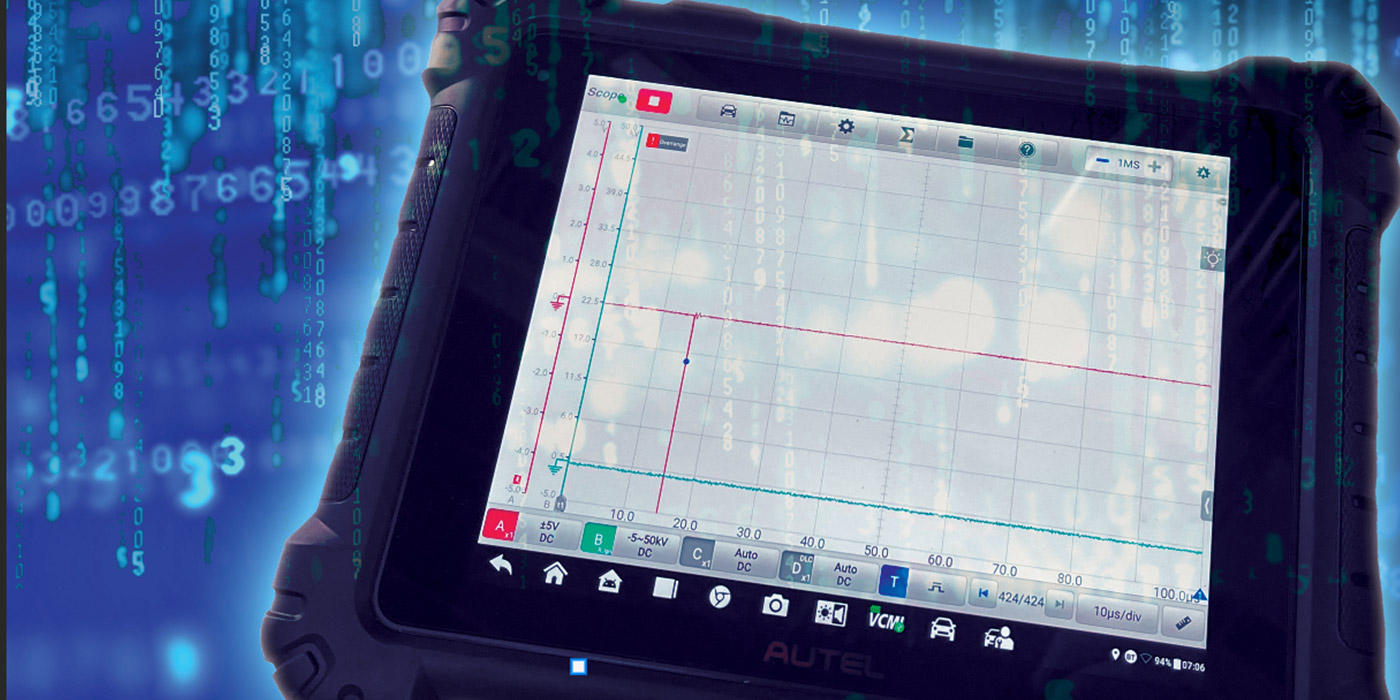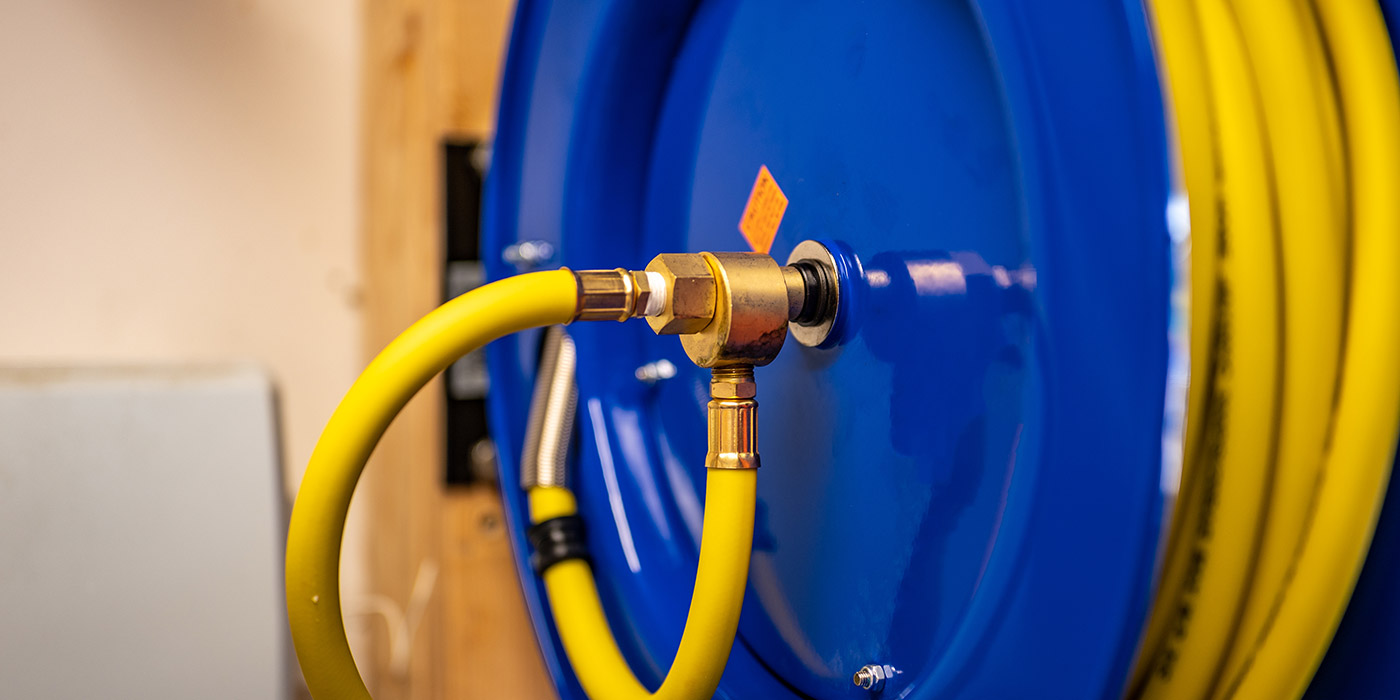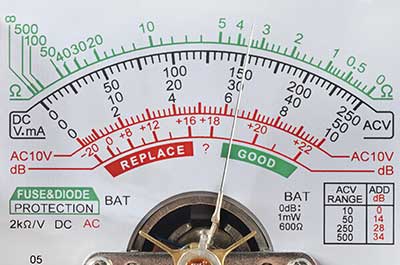 A weak battery, or one that is rundown, may not deliver enough amps to crank the engine when temperatures plunge and the oil thickens. While cold weather can be hard on batteries, so can hot weather because it increases water loss from the electrolyte inside the battery. That’s why batteries in hot climates usually don’t last as many years as those in more moderate or colder climates.
A weak battery, or one that is rundown, may not deliver enough amps to crank the engine when temperatures plunge and the oil thickens. While cold weather can be hard on batteries, so can hot weather because it increases water loss from the electrolyte inside the battery. That’s why batteries in hot climates usually don’t last as many years as those in more moderate or colder climates.
The battery must also be capable of providing backup power for the vehicle’s electrical accessories and electronic modules. When the engine is running, the charging system can usually produce enough current to meet all of the vehicle’s electrical needs, but when the engine is idling and the lights, heater, defroster, radio or other accessories are placing high loads on the system, additional power may be drawn from the battery if the alternator can’t produce enough juice. And when the key is off, the battery has to provide a steady supply of voltage to any onboard modules or other accessories that need power.
When a battery is disconnected or goes completely dead, the loss of voltage can cause a variety of problems.
Radio presets and seat/mirror settings are lost, and the adaptive and learned memories in the PCM and other modules disappear, as well. The PCM can forget fault codes and other diagnostic information (long-term fuel trim adjustments, the readiness
status of OBD II system monitors, electronic transmission shift adjustments, etc.). Some climate control systems can forget the position of flow control doors and actuators.
On late-model vehicles with controller area network (CAN) electrical systems, some modules may go into a default mode, standby mode or sleep mode, and may require pinging or reprogramming with a scan tool to restore normal function. We’ve even heard of 4×4 modules on some GM SUVs never waking up when the battery is disconnected (fixing the fault requires installing a new module).
For these reasons, never disconnect a battery on a late-model car without first attaching a backup power source to the vehicle’s electrical system. This could be another battery, a battery charger or a “memory saver” that plugs into a power outlet.
Make sure the outlet remains “hot” when the key is off, otherwise it won’t feed voltage from the auxiliary battery back into the system.
Load Testing
Load testing a battery with an adjustable carbon pile battery tester is one way to check the condition of the plates inside a battery. A load tester applies a calibrated load and displays how the battery responds. The load, which is set to half the battery’s cold cranking amp (CCA) rating, is applied for 15 seconds. As long as battery voltage remains above 9.6 volts, the battery is considered “good.” But if it drops below 9.6 volts by the end of the test, the battery may be “bad,” or the battery may have to be recharged and retested if it was not fully charged prior to the test.
That’s one of the drawbacks of a traditional load test – for accurate results, the battery must be at or above 12.45 volts (75% charged) before it is load tested – otherwise it may fail the test.
Another way to check the battery is with a small handheld electronic load tester. This type of tester does not require a fully charged battery because it only applies a small amp load to the battery. The electronics in the tester monitor how the battery responds to the load, and then the tester decides if the battery is good or bad.
Conductance Testers
Another way to test a battery is to measure its “conductance.” A low frequency alternating current signal sent through a battery can reveal how much plate area is available to hold and deliver power. As a battery ages, its conductance declines. Shorts, opens and other cell defects also affect conductance, so measuring conductance gives an accurate indication of battery condition. Some battery testers use a slight variation of this technique and send a high frequency signal through the battery to measure its internal resistance.
One of the main advantages of conductance testing is that it can test batteries that are low or almost completely discharged. Conductance testing can be done with the battery in the vehicle and without disconnecting the terminals (though the terminals must be clean and tight). If the posts or side terminals on a battery need to be cleaned (highly recommended), remember to use a battery backup to maintain voltage to the onboard electronics.
A conductance test can also be repeated multiple times on the same battery without draining the battery, unlike a traditional load test, which pulls out a lot of amps. That also saves time because there’s no need to recharge the battery before or after testing.
Some conductance testers also analyze the battery’s CCA capacity, which can be used to estimate the battery’s remaining service life. Some also allow you to measure the amps drawn by the starter while cranking the engine and analyze the charging system’s output under load once the engine is running.
If the tester reads CCA, you can also use it to diagnose bad ground connections by running a CCA test at the battery terminals, then repeating the same test using a ground point on the engine or elsewhere. A difference of more than 25% in the CCA readings between tests indicates a bad ground.
Key-Off Current Drains
If a vehicle has a battery that keeps running down, but the battery and charging system both test OK, the problem may be a key-off current drain that’s sapping the battery of its reserve power.
As a rule, the parasitic drain on most late-model vehicles should be less than 50 milliamps one hour after the vehicle has been shut off and left undisturbed. But always refer to the vehicle manufacturer’s key-off electrical drain specifications if available (some vehicle manufacturers have no published specifications).
Keep in mind that opening a door, the trunk or turning anything on can wake up various modules and start the timer countdown all over again. So, if you want to check the parasitic draw on the battery, leave the hood open (or the trunk if the battery is located in the back).
A key-off current reading above specifications means it’s time to start pulling fuses and relays to isolate the fault. Refer to the vehicle owner’s manual or a wiring diagram to identify the fuses and relays. Then pull the fuses and relays one at a time until the current reading drops. Avoid pulling the fuses for the PCM or other KAM-sensitive modules until you have checked all of the other circuits.
Once you’ve found the circuit that is causing the excessive current drain, check the relay, switch, module or other components in the circuit and replace as needed.
TECHSHOP TAKEAWAY > Never disconnect a battery on a late-model car without first attaching a backup power source.
BATTERY CHARGING TIPS
- DO NOT TURN THE CHARGER ON UNTIL BOTH LEADS HAVE BEEN CONNECTED TO THE BATTERY. Connect positive to positive and negative to negative. Do not reverse the connections as doing so may damage the charger and battery.
- SLOW-CHARGING AT 6 AMPS OR LESS IS BEST BECAUSE it develops less heat inside the battery (which can damage cells and increase evaporation). A slow charging rate will also break up the sulfation on the battery plates more efficiently to bring the battery back up to full charge.
- “SMART CHARGERS” ALSO WORK WELL BECAUSE they automatically adjust the charge rate to the battery’s state of charge. Most start out with a charging rate of 15 amps or higher, then taper off the charging rate as the battery charge comes up.
- FAST-CHARGING A BATTERY SAVES TIME BUT RISKS overheating and damaging the battery. If using a fast-charger, don’t use the highest setting. Use the “boost” setting only when cranking the engine.
- REFER TO THE BATTERY’S RESERVE CAPACITY RATING to determine charging times and rates. The charging rate (in amps) multiplied by the number of charging time hours should equal the reserve capacity of the battery. (Example: a dead battery with an reserve capacity rating of 72 will require charging at 6 amps for 12 hours.)
Testing AGM Batteries
Thanks to more stringent fuel economy and emissions standards, auto manufacturers are now installing absorbed glass mat (AGM) batteries as standard equipment in many new vehicles. In contrast to flooded-cell technology that contains the battery’s electrolyte in a plastic case, AGM technology contains its electrolyte in a fibrous glass mat sandwiched between the battery plates.
Since AGM batteries are sealed, let’s rule out specific gravity testing. And, for practical purposes, let’s also rule out adjustable carbon pile load testing as well because it requires the battery to be fully charged and at room temperature, which are conditions that can rarely be met in the modern production shop.
Dropping these testing options leaves us with the conventional conductance-type battery tester that we’ve been using for years. Conductance testing passes a low-voltage alternating current through the battery to test the resistance of the battery plates, which can accurately test discharged batteries. As with carbon pile testing, older conductance testers base their testing upon the CCA rating of the battery. Consequently, an accurate test can’t be performed if the original battery label is unreadable or is missing. Many recent conductance-type battery testers don’t require a CCA specification to be entered and will accurately test AGM and gel-cell batteries without entering the CCA rating, which is still another reason to update your battery testing equipment.
The conventional 3-minute battery test consists of charging a battery at a rate of 30 to 40 amps. If charging voltage exceeds 15.5 volts, the battery is heavily sulfated and is probably unrecoverable. Some modern battery chargers now have an automatic “diagnostic charging” mode in their charger’s logic system. Similar to the three-minute test, the charger is programmed to test the battery by monitoring charging amperage and voltage. If the battery-charging rate fails to follow the designated profile, the battery charger will recommend a replacement. Since this test eliminates the need for prior testing, it’s the same as putting money in the bank.
Excerpted from Gary Goms’ article in the April 2015 issue of ImportCar.

